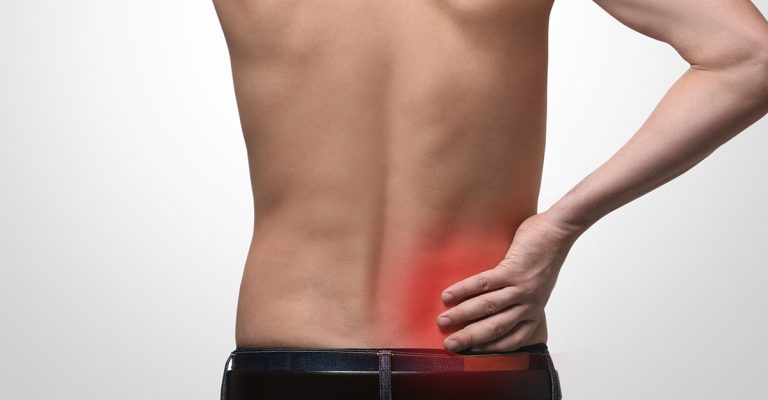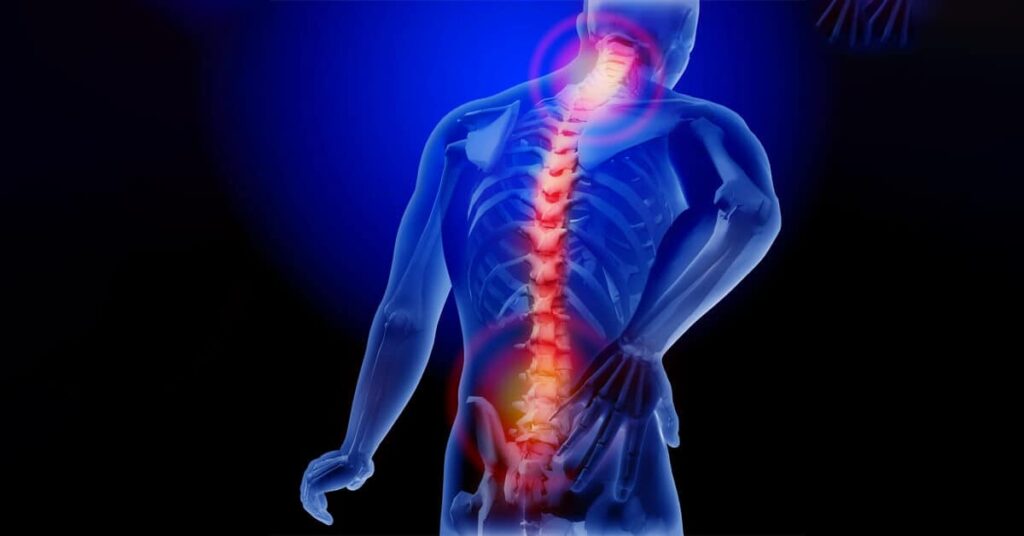
It takes place when one of the vertebrae, which are the bones that make up your spine, slides out of place and onto the vertebra below it. The majority of the time, a treatment that does not include surgery can alleviate your problems. Surgery has a high chance of being successful even in patients who have severe spondylolisthesis.
Spondylolisthesis is a disorder that causes the spine to become unstable, which means that the vertebrae move more than they should. A vertebra dislodges itself from its normal position and falls onto the vertebra below it. It is possible that this will exert pressure on a nerve, which may result in discomfort in the lower back or in the legs.
Low back discomfort might be the result of either spondylolysis or spondylolisthesis. They are related to one another but are not the same thing.
This condition of the spine is known as a stress fracture or crack in the bones of the spine. It’s rather frequent among younger players.
Spondylolysis can lead to spondylolisthesis if the slippage of the vertebrae is caused by a stress fracture. Alternately, the vertebra could move out of position as a result of a degenerative disease.
It is possible for the disks that are located between the vertebrae and the facet joints (the two components of each vertebra that are located at the back and link the vertebrae together) to deteriorate over time. The bone that makes up the facet joints really grows back and overgrows, which results in an uneven and unstable surface area. This decreases the vertebrae’s capacity to remain in their proper positions.
When a vertebra moves out of position, regardless of the reason for the movement, it puts pressure on the bone that is below it. The majority of people who have spondylolisthesis do not experience any symptoms.

The following are some examples of spondylolisthesis:
Spondylolisthesis can also come in the following less common forms:
Spondylolisthesis and spondylolysis affect approximately 4–6 percent of the adult population in the United States. Because you might not have any symptoms, it’s possible that you could have spondylolisthesis for years without ever realizing it.
Isthmic spondylolisthesis, which is typically brought on by spondylolysis, is one of the most common reasons for back pain in adolescents.
Because of the following factors, your risk of developing spondylolisthesis may be higher:

Your healthcare professional will assign one of the following grades to your spondylolisthesis in order to identify the degree of severity:
It’s possible that you won’t feel any symptoms of spondylolisthesis at all. Some people have the illness yet are completely unaware that they have it. If you do experience symptoms, pain in the lower back is often the most prominent one. It’s possible that the ache will travel down your thighs and into your buttocks. You also run the risk of experiencing:
One of the most common reasons why young athletes develop spondylolisthesis is because they overextend their spines. Additionally, genetics might have a part in it. Some people’s spinal bones are naturally more delicate than others from birth. This condition can be brought on in elderly people as a result of normal wear and tear on the spine and the disks (the cushions that sit between the vertebrae).